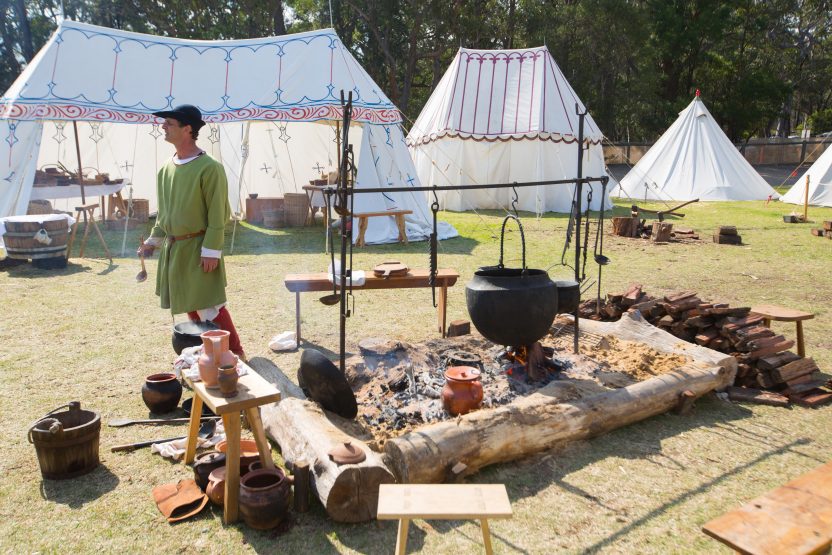
St Ives Medieval Fair Menu – 2018
Once again Company of the Staple were the hosts of the 14th century village and provided the skills and know-how for creating the delicious food which the 14th century ate all weekend, freeing people up to talk about their passions in the 14th century to our public.
Featured image is by Gareth Carr @gcimagery. 14th century cooking set up at St Ives Medieval Fair 2018
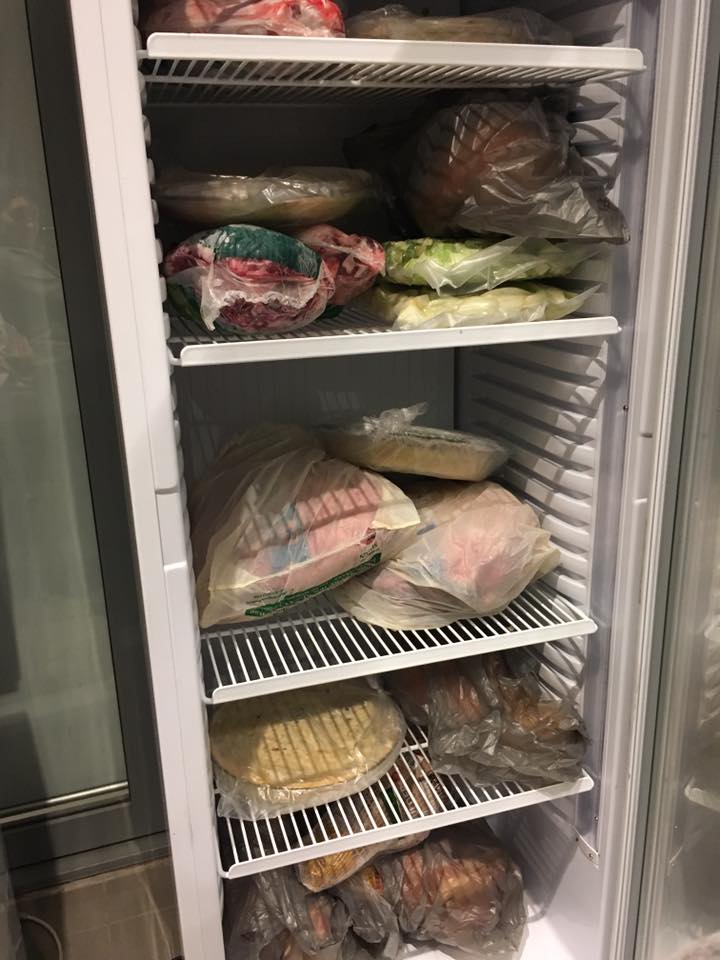
Reducing food waste at feasts
Reducing waste at feasts helps in two aspects of cooking management.
1) reducing food wastage means a reduction in expenses, meaning that the feast can be cheaper (or remain in budget) as not as much food is purchased
2) reduces how much food needs to be thrown away.
So there’s a few things involved in reducing the food waste at a feast.
It comes down to preparation and planning (as so much of cooking does).
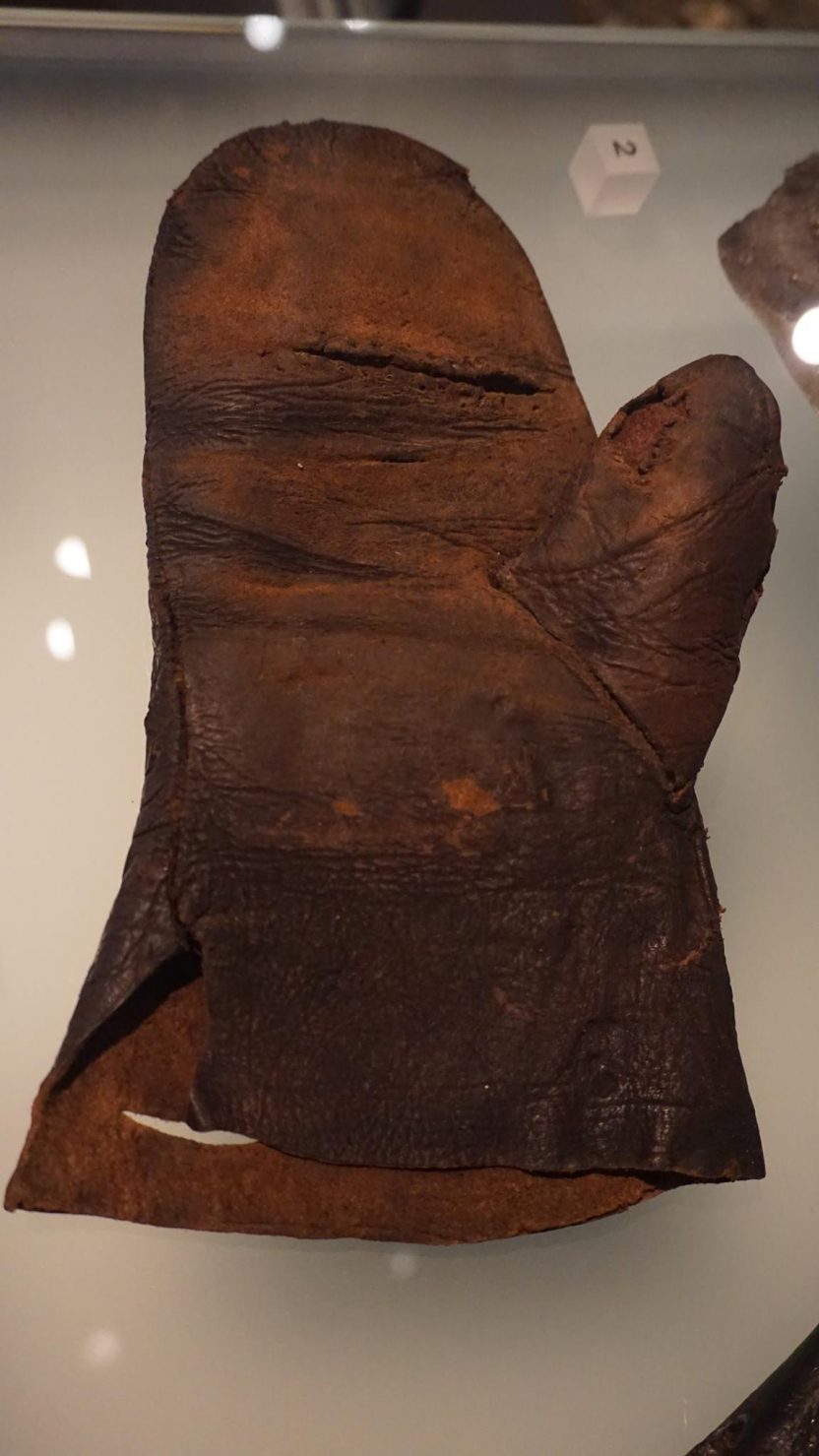
The Fireglove
If you do a lot of cooking over a fire like Staple does, you need a way to get things off and on the fire without hurting yourself.
One way is to just use an apron or tea towel folded over itself a couple of times to pick up the item. This barrier is enough to move items a short distance, if done right and carefully.
We decided that we also wanted to make a fireglove.

Campfire Cooking with Ceramics – Symposium
On August 5th, Company of the Staple member Roxy talked about Campfire cooking and cooking with ceramics on a campfire. These are the notes from that talk.
The above image is of a saucepan with oil, for deep frying cheese fritters. It is in a trivet, and being cooked with charcoal.
A copy of the recording from the chat can be found here
Read More…
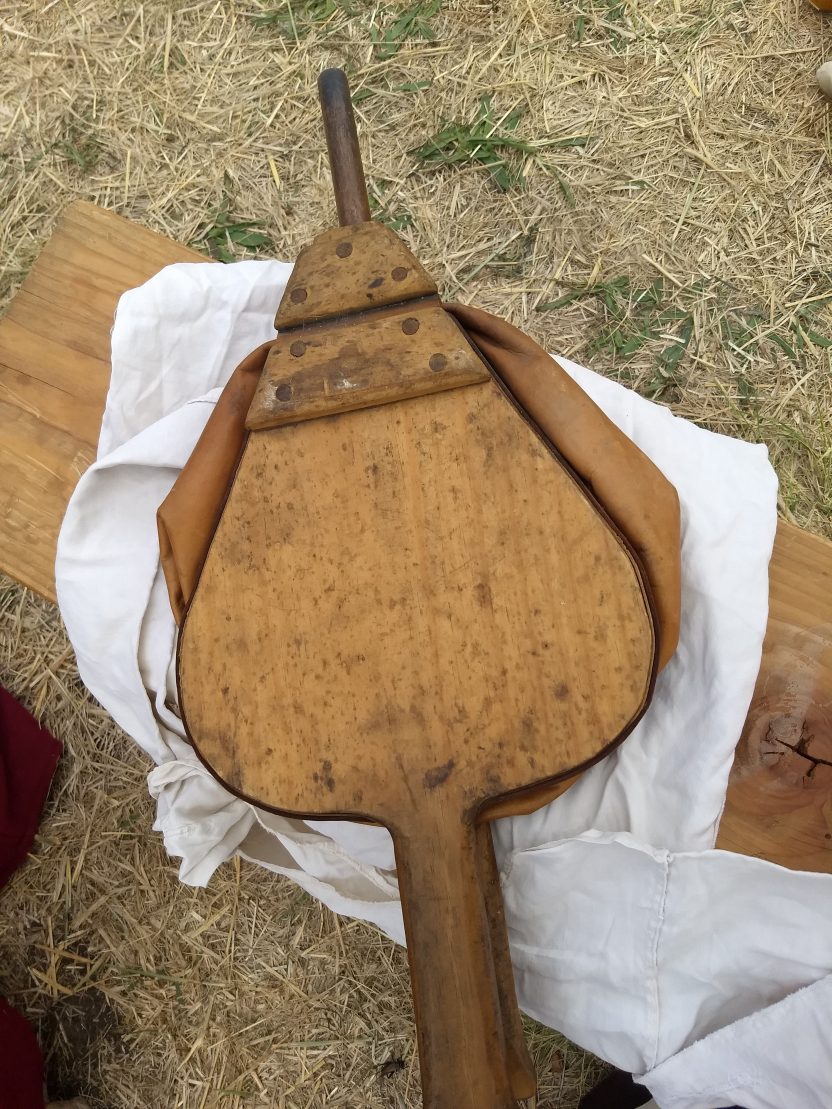
Bellows
Bellows are an important tool when it comes to cooking with charcoal. Charcoal’s temperature, unlike firewood, is regulated more by how much air it has, rather than how much charcoal is on the pile.
Blackboard Quote
“It seems to me that your table is like a chalkboard that children draw all over, wash down, and then start again”
Letter to Francesco Datini, 1395
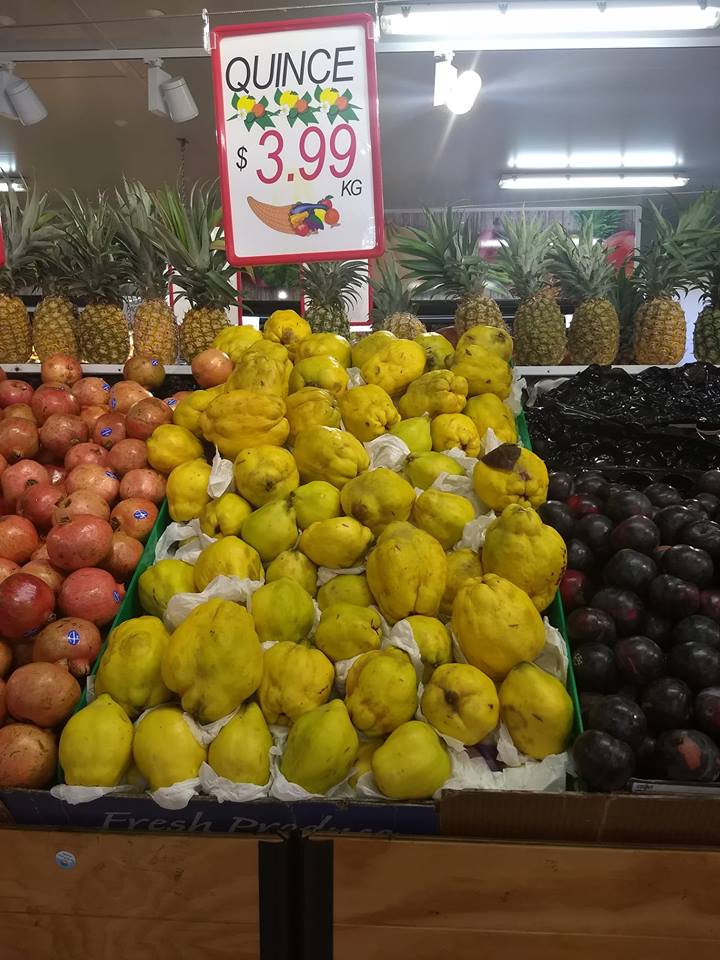
Quince Marmalade – Le Menagier De Paris
TO MAKE QUINCE MARMALADE, take quinces and peel them, then cut in quarters and take out the eye[114] and the seeds, then cook them in good red wine and then strain through a strainer: then take honey and boil it for a long time and skim it, then put your quinces in it and stir thoroughly, and keep boiling until the honey is reduced by half; then throw in powdered hippocras, and stir till cold, then divide into portions and keep it.